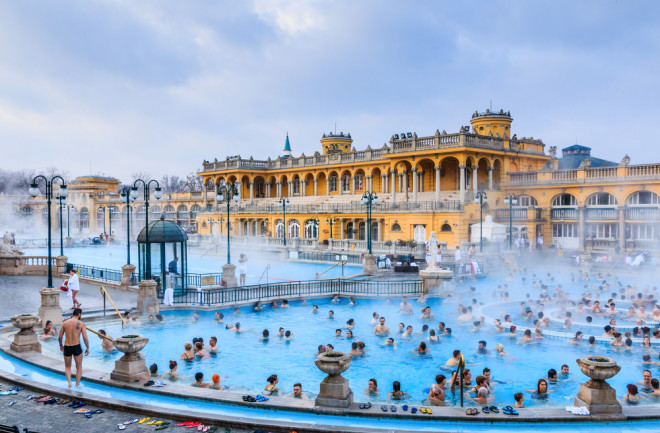For the stressed and overworked, there might be nothing more relaxing than a spa. Beyond the cucumber slices and hot towels, these leisurely destinations carry a fascinating legacy that extends back to ancient times. Bathing in mineral springs — a feature of many historic spas — has been considered a medical and therapeutic treatment throughout the ages, spawning the proverbial phrase “taking the waters”. Today, this practice is known as balneotherapy.
Some cities have made the most of mineral springs, building reputations as illustrious centers for spas. Though spas are often viewed as recreational spots and nothing more, their various incarnations around the world have developed significant cultural roles, thriving as staples of history and health tourism.
The Healing History of Baths
In antiquity, the link between bathing and health usually carried a religious undercurrent. Egyptians submerged themselves in the Nile River, Israelites in the Jordan River, and Hindus in the Ganges River; all of these waters have a sacred history as places of spiritual healing.
Baths continued to have religious and therapeutic meaning in ancient Greece, where the concept of health was first tied to the deity Apollo because he represented the Sun, which was believed to have healing power. Apollo’s divine progeny inherited this bond with health. His son, Asclepius, became known as a god of medicine, and among Asclepius’ offspring was Hygeia, a goddess of health who gave rise to the word “hygiene”.

